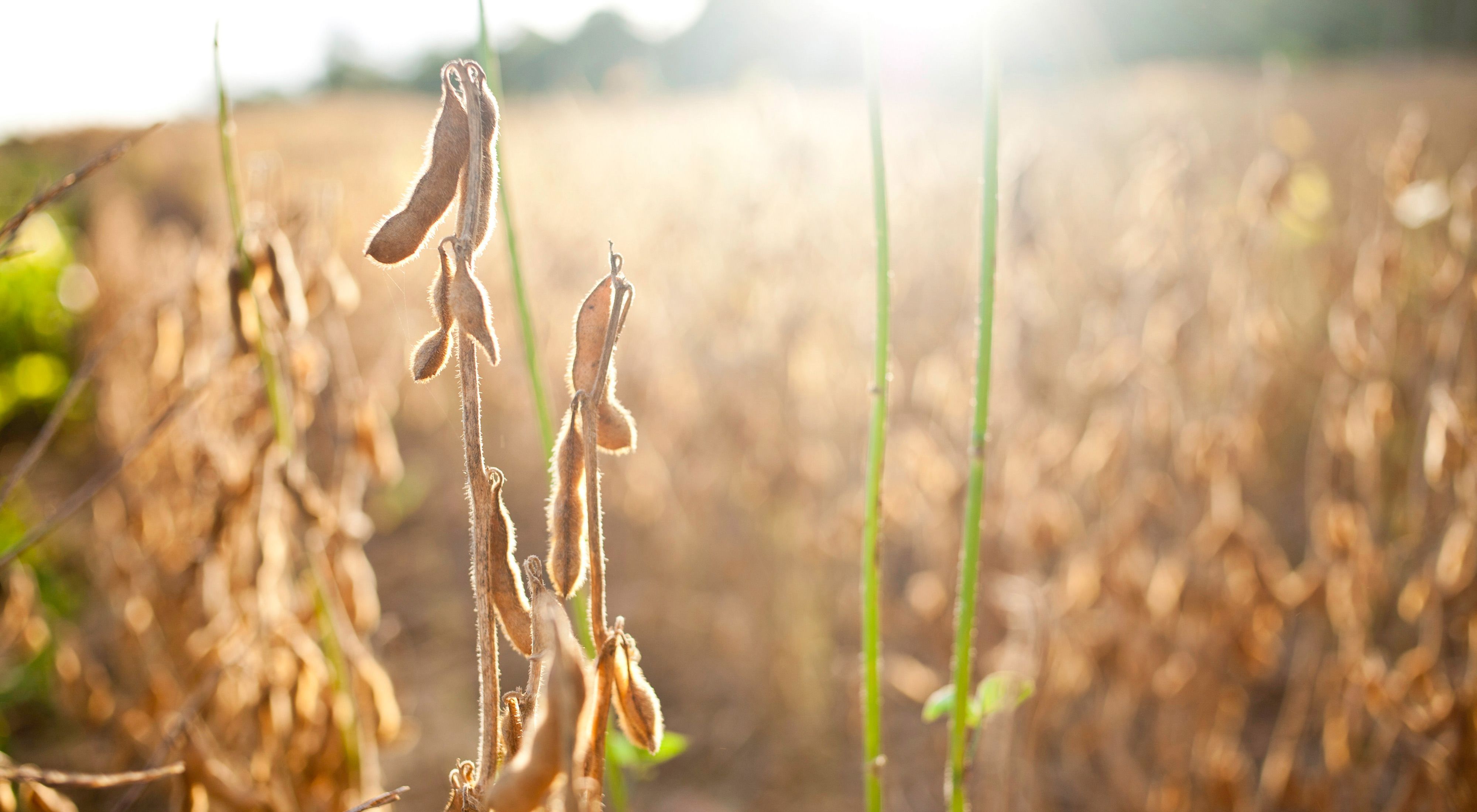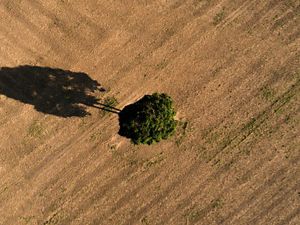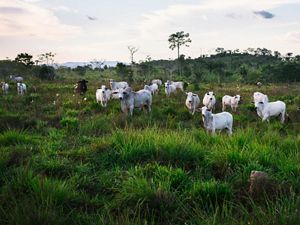Climate Change: How a Thirst for Soy Puts Latin America in the Eye of the Storm
By Ginya Truitt Nakata, Former Director of Lands, Latin America
If you want to experience a taste of how Latin America is at the center stage of the global climate change debate, then have a tall glass of soy milk with your breakfast tomorrow.
Soy milk itself may not be a big part of the local diet where you live, but it is huge in China, home to almost a fifth of the world’s population. As a breakfast staple in a land where cow’s milk is a relatively new addition to the average person’s diet, soy milk has been produced there for centuries. And the expansion of China’s middle class has fueled a large industry selling a packaged, pre-flavored, inexpensive product to an enormous and ever growing market.
The burgeoning Chinese middle class has also led to explosive increases in domestic consumption of meat, most notably pork. And because of the immense growth of the domestic pork industry in recent years, China is now home to more than half the world’s pigs – most of which are fattened with a steady diet of soy meal.
The upshot of all this is that China now accounts for 60 percent of the world’s soybean imports, a figure that will likely reach 70 to 90 percent by the end of the decade.
So what’s the climate change connection? The answer, in a word, is deforestation, which is caused primarily by the rush to convert forest and other natural habitats into crop and pasture lands. Nowhere on Planet Earth is this problem more apparent than in Latin America, home to the Amazon Basin, which stores a fifth of all the biomass on the planet – and where half the world’s deforestation is now occurring. The core drivers of this are soybeans, which are now Latin America’s single largest export to China, and livestock production, which is expanding to meet the growing demand in Asia for imported meat. And don’t expect the demand side to change anytime soon. Overall, China’s food imports are expected to double between now and 2050.
Anyone for whom climate change conjures images of smokestacks and tailpipes needs to take note. Over a recent 15-year period, the destruction of Latin America forests was the world’s fifth highest source of carbon emissions. During the last quarter century, Latin America experienced the biggest loss of forest area of any region – some 97 million hectares (an area even larger than Texas and Oklahoma combined) – and deforestation continues to happen at the rate of 4 million hectares annually, more than three times the global rate.
So, next time you are enjoying your soy milk, think about these developments and the continuing growth in world markets for all things soy. Think about the rapidly growing global middle class, the increase in the demand for soy-fed livestock and what it means for the natural habitats that are so critical to humanity’s future. The impact on the planet is huge. And the epicenter of all this is Latin America. We ignore the region at our own peril.
But it is also true that in danger there is opportunity. In this case, it is the prospect for Latin America to become an agricultural powerhouse, a solution to global food security challenges and to enjoy the economic benefits of that. But preserving that opportunity does not mean we have to sacrifice critical natural habitats. Turning this around should not mean denying the Chinese masses their soy, nor Latin American farmers and farm communities their livelihoods. What it will take is innovative thinking and a will to transform how agriculture works in Latin America, and particularly how farmers can produce more, be more profitable, and still preserve the natural habitats that are critical to stemming global climate change and to the long-term productivity of their lands. We have evidence that this can be done.
Quote: Ginya Truitt Nakata
What it will take is innovative thinking and a will to transform how agriculture works in Latin America, and particularly how farmers can produce more, be more profitable, and still preserve natural habitats.
In the case of the region’s huge and growing exports of soy and beef, with Gordon and Betty Moore Foundation funding, The Nature Conservancy is working in partnership with local governments, farmers and ranchers’ associations, the National Wildlife Federation, the World Wildlife Fund, and a critical mass of leading companies that purchase and distribute these commodities to implement deforestation-free production and sourcing. Using supply chain approaches, land-use compliance laws, and smart land-use frameworks, we are working to bring a halt to deforestation by 2021 in the environmentally-sensitive Amazon, Cerrado, and Chaco regions in Brazil, Paraguay, and Argentina.
Because of these and other measures, and the broad commitment by the Brazilian government and various stakeholders to stop habitat conversion, the rate of deforestation in that country slowed considerably after 2004. The recent news that this rate is again rising – 29 percent in this past year alone – is a great cause of concern and a lesson to all of us that there is still a great deal of work to do to get to zero deforestation – and not much time to do it.
All the more reason to redouble our efforts to scale up what works and shorten our timetable for making Latin American agriculture a centerpiece in the effort to resolve both food security and climate change challenges. Our experience tells us that together we can make farming both profitable and sustainable while putting a halt to deforestation and vastly reducing Latin America’s contributions to climate change.
And with that we can – we must – break the link between the demand for soy and the destruction of the forests that are so critical to the health of the planet and our shared future.
Originally Posted on Chicago Council on Global Affairs on December 19, 2016.


